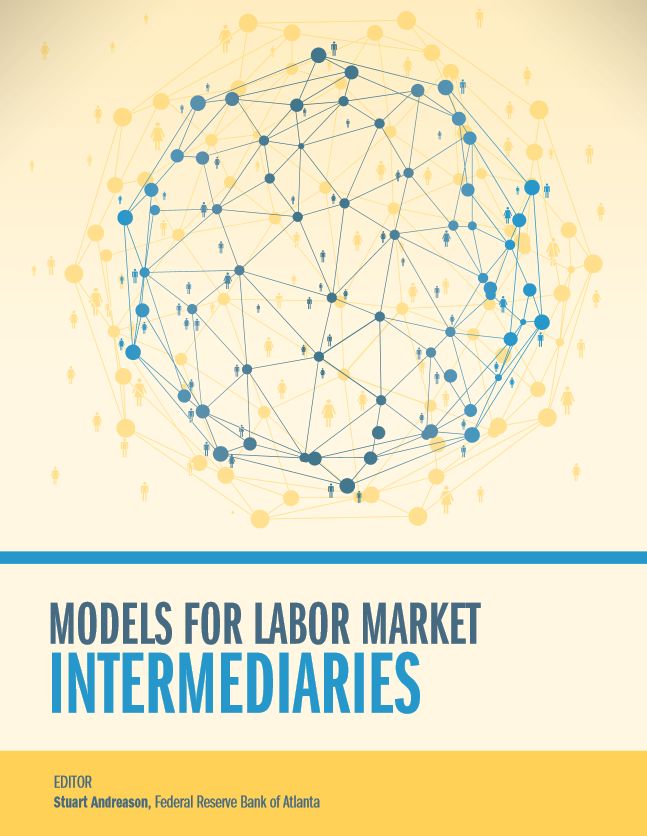The Federal Reserve Bank of Atlanta has selected work done by Coherent Marketing with the North Carolina Advanced Manufacturing Alliance for a book titled Models for Labor Market Intermediaries. It sounds dry, but it's a compilation of case studies to help economic developers by providing successful approaches - and good local jobs are what are needed to revitalise our economy.
The work we've done with these organizations has helped attract thousands of jobs, which in turn has impacted many families for the better and is an accomplishment of which we are proud.
 Compiled and edited by Stuart Andreason, who is the Worforce Development Director at the Federal Reserve where he is responsible for human capital and workforce development policy, the book is a compilation of case studies that provide guidance and ideas that can be adapted for success elsewhere.
Compiled and edited by Stuart Andreason, who is the Worforce Development Director at the Federal Reserve where he is responsible for human capital and workforce development policy, the book is a compilation of case studies that provide guidance and ideas that can be adapted for success elsewhere.
The work done by Integrated Media Strategies at the time, before our rebranding, was with NCAMA and it was included as a case study for its effective partnership building between higher education, industry, and community and economic development organizations. A key difference was our sophisticated use of content marketing to attract economic development to the largely rural counties served by community colleges in the consortium.
We make the case that it is no longer good enough to have workforce development programs in place turning out workers with critical skills sets for employment in 21st Century knowledge economy sectors such as biotech, advanced manufacturing, advanced materials, aerospace and the like. Unless your workforce development program has an effective and sustained communications strategy that involves the training program institutions, economic development agencies - usually at state government level - and industry, and is authentically demonstrating effective partnering in "'show, don't tell", search-friendly marketing communications, support will wither and outcomes will be a fraction of what was hoped for. Conversely, even rural areas can benefit from this approach as was demonstrated in the case study in the book. Norman Smit, working with DeRay Cole, the leader of the consortium, was able to attract more than a billion dollars in new investment and expansions, creating more than 6,600 jobs in rural North Carolina counties in just three years - which has had a significant impact on those communities. The case study is on page 34 of the book.
Andreason writes in the book that economic development organizations that were engaged in economic development activities competed based on low input costs—of land, energy, natural resources, and labor. Businesses located in areas where they were able to save on input costs, such as cheaper labor costs. But, he says, the skills needs of many companies have changed along with technology and knowledge changing the nature of work. The productivity, creativity, and technological literacy of workers are becoming central considerations in site selection decisions. As a result, skills levels across labor markets are driving economic growth and competitive advantage - usually benefitting metro areas. In joint efforts, workforce development and economic development organizations understand that if they are successful, their communities represent prime targets for further business investment.
The work Coherent Marketing does is to work with economic development organizations to ensure that their workforce development programs are visible, credible, authentic and help them make their areas onto site-selection shortlists. The return on investment for this specialized marketing is massive; for a few thousand dollars annually, the returns can be in the hundreds of thousands or even billions of dollars, which is why we were included in this scholarly publication.
If you are an economic or workforce development agency seeking guidance on our method to attract industry to your region as a result of your training offerings, contact us.
Header image - Screengrab from the cover of Models for labor market intermediaries, edited by Stuart Andreeson, Federal Reserve, Atlanta.





Subscribe